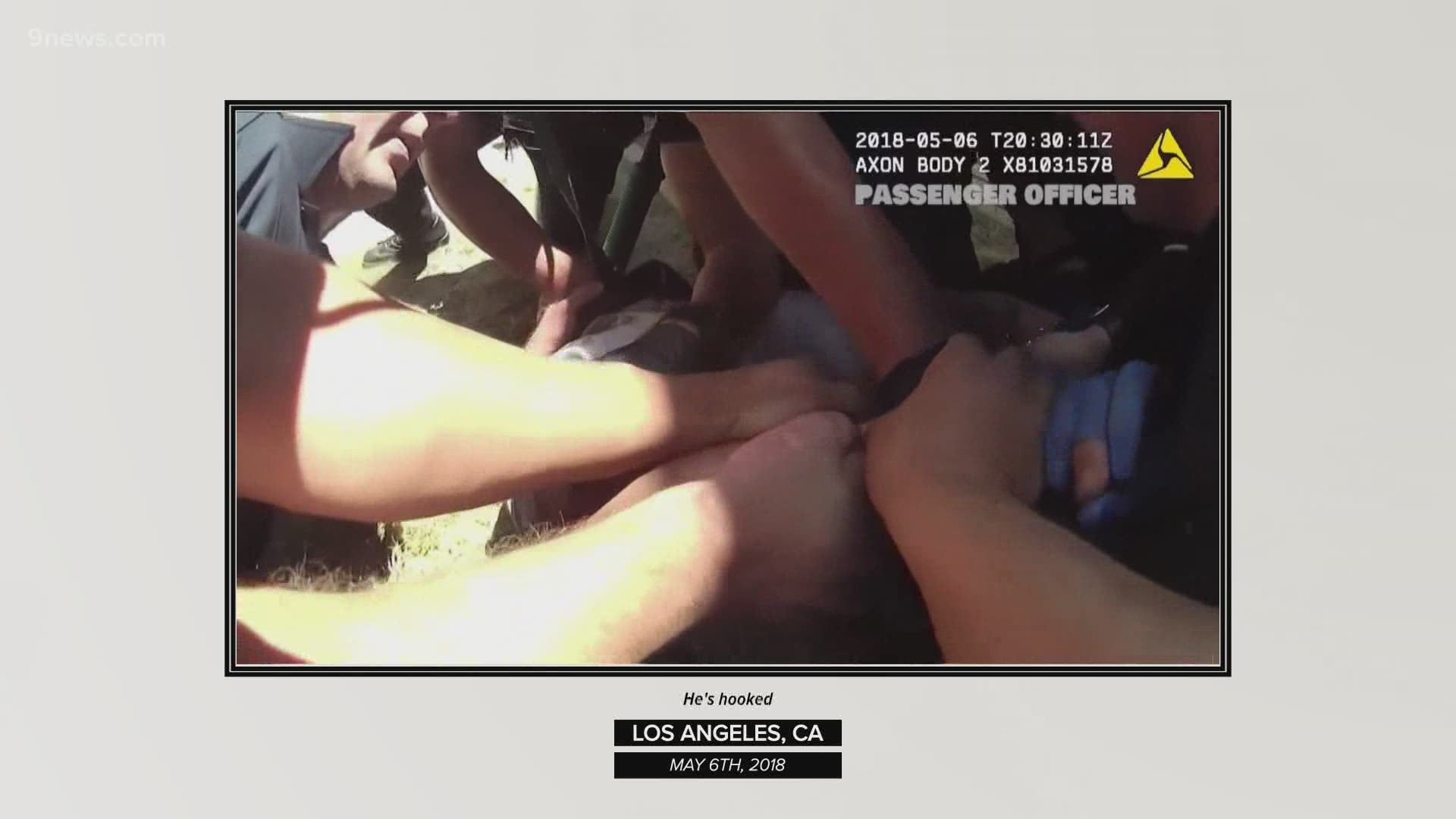PRONE: At least 121 people across the U.S. have died while held prone by officers. Why?
9Wants to Know has a database of people who have died handcuffed, facedown and under the knees of officers.

At least 26 said, “I can’t breathe.” Most were mentally ill. Nearly two-thirds were either Black or Hispanic.
At least one name on our list is well-known: George Floyd.
There’s a decent chance you might not recognize any of the 120 other names.
All died the same way; handcuffed, facedown, and under the knees, elbows and bodies of people trying to restrain them.
More than two decades after the U.S. Department of Justice warned officers of the potential dangers of prolonged prone restraint, 9NEWS spent 18 months examining autopsy reports, court filings and body cameras recordings looking for patterns within the noise.
> Video above: Watch the full 9Wants to Know investigation "PRONE" by Reporter Chris Vanderveen and Photojournalist Chris Hansen.
The first-of-its-kind review – initiated months before the death of George Floyd -- has already prompted police departments in Denver and Minneapolis to retrain their officers.
And yet the cases continue. Since Floyd’s death, six more have died following prone restraint.
The solution is mind numbingly simple. Once someone facedown is handcuffed, the officers above need to turn the person below 90 degrees.
One police trainer who works with officers across the country told us he’s considered putting it on the dashboards of police cruisers or tattooing it on the backs of officers’ hands.
“Get of them. Get them in a position that facilities breathing,” Jack Ryan said.
That simple advice, he said, will absolutely save lives.
And, at the very least, it will shield cities and counties from oftentimes massive financial liabilities.
Our database includes more than $126 million in settlements and verdicts.
INTERACTIVE GRAPHIC: Click the photos for the names of people who 9WTK found died of positional asphyxia and more information about each case.
Chapter 1 David Baker #94

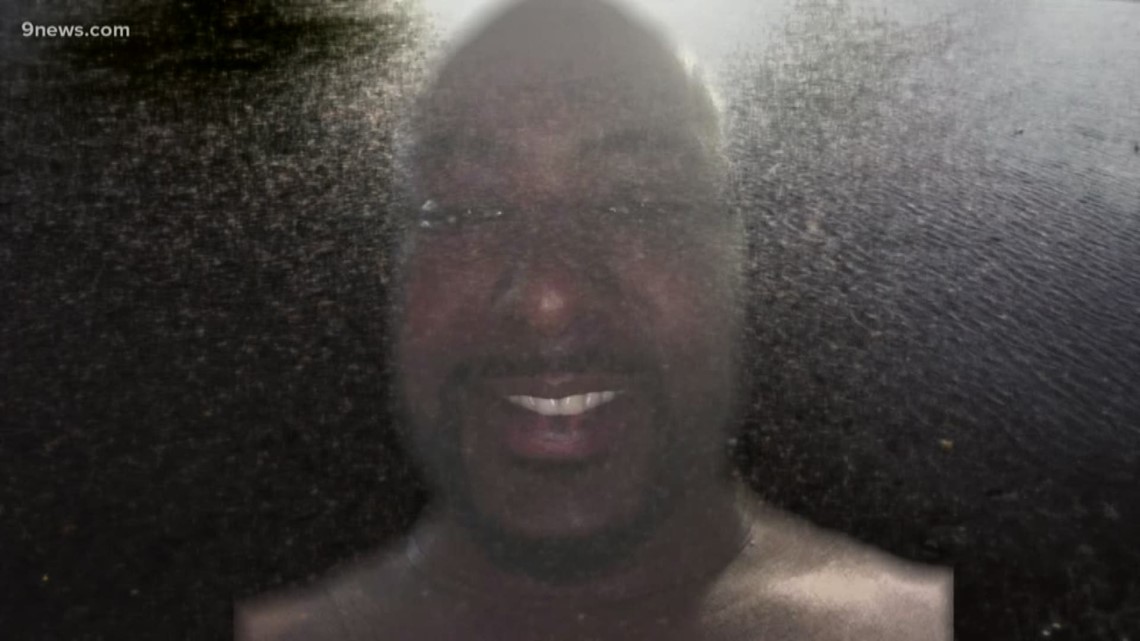
David Baker’s late 2018 death outside his estranged wife’s Aurora apartment received little attention outside of the state.
Body camera footage revealed Baker to be the aggressor, at least at first.
It took seven officers to hold Baker, a Navy veteran struggling with mental health issues, on the ground.
Yet once they handcuffed him, Baker’s aggressiveness waned. Minutes later, facedown, the 32-year old father stopped breathing.
RELATED: Body cam video shows violent altercation between Aurora PD, veteran who died of restraint asphyxia
A medical examiner would later conclude Baker died of “restraint asphyxia” as she called the death a homicide. Prosecutors quickly – and quietly – cleared the officers of any criminal wrongdoing, but the story itself served as the beginning of what would turn into a lengthy investigation for 9Wants to Know.
Why did Baker die? And were there other cases like his?
We started looking for cases filed in federal courts. We looked for buzzwords like “positional asphyxia”, “prone restraint,” and “facedown.” We also started looking for online media reports. We also used the website www.fatalencounters.org to try to identify more cases.
One by one and after a vetting process, we started inputting names into a database. Within the cases, we looked for signs of mental illness, obesity and drug use.
Those metrics represented some of the risk factors first identified in a 1995 U.S. Department of Justice bulletin which said, in part, “a person lying on his stomach has trouble breathing when pressure is applied to his back.”
Because of that, “as soon as a suspect is handcuffed, get him off his stomach.”
The bulletin should have sent a clear message to law enforcement agencies across the United States.
It didn’t.
By the time we got to mid-spring of 2020, we had amassed dozens of prone restraint deaths.
And then May 25, 2020, happened.
George Floyd’s death didn’t immediately seem to be a prone restraint death to us. Officer Derek Chauvin’s knee on top of Floyd’s neck garnered most of the attention.
But the more we learned about the death, the more we felt it to be a classic case of a prone restraint death (a belief that was later confirmed during the criminal trial of Chauvin).
Including Floyd’s death, our database currently includes 121 names.
Chapter 2 Michael Marshall #58


The warning arrived in the email inboxes of all badged members of the Denver Sheriff Department on Nov. 2, 2015.
“Once a subject has been restrained, immediately place him/her into a recovery position (lying on his/her side or seated upright,” the training bulletin said.
It added, “do not put weight on an arrestee’s back, such as with your knee, for a prolonged period.”
Nine days later, at least four Denver deputies ignored that warning as they kept Michael Marshall handcuffed and prone for at least 9 minutes and 12 seconds. Marshall, who weighed 112 pounds at the time, struggled to breathe under the weight of multiple deputies.
“They never got off, I don’t understand why they never got off,” Marshall’s niece Natalia Marshall told 9Wants to Know.
“What they did to him, it just hurts,” Brenda Wright, Marshall’s sister, said. “I just sit there, and you know he’s dying as you watch this video. You see what they do to him, and it just hurts.”
The city and county of Denver eventually settled with the Marshall family for $3 million. Of the 121 deaths on our list, we’ve found more than $126 million in settlements and verdicts.
Seth Stoughton is a former police officer turned law professor at the University of South Carolina. He was one of many experts to testify in the trial of Derek Chauvin, the Minneapolis Police officer now convicted of murdering George Floyd.
Stoughton could not talk about the Floyd case, but he could talk about the continued problem with law enforcement officers not heeding decades of warnings when it comes to the potential dangers of prone restraint.
“Once somebody has been restrained, they should not stay in the prone restraint position,” Stoughton said. “We’re not talking about dramatic changes in officer behavior. We’re talking about turning someone 90 degrees.”
It’s the exact same advice the U.S. Department of Justice sent to law enforcement officers in 1995. That year, the National Law Enforcement Technology Center told officers, “To help minimize the potential for in-custody injury or death, officers should… as soon as a suspect is handcuffed, get him off his stomach.”
When asked about the 121 deaths we’ve found, Stoughton said, “It’s difficult to watch officers continue to make the same mistake.”
Chapter 3 John Neville #106

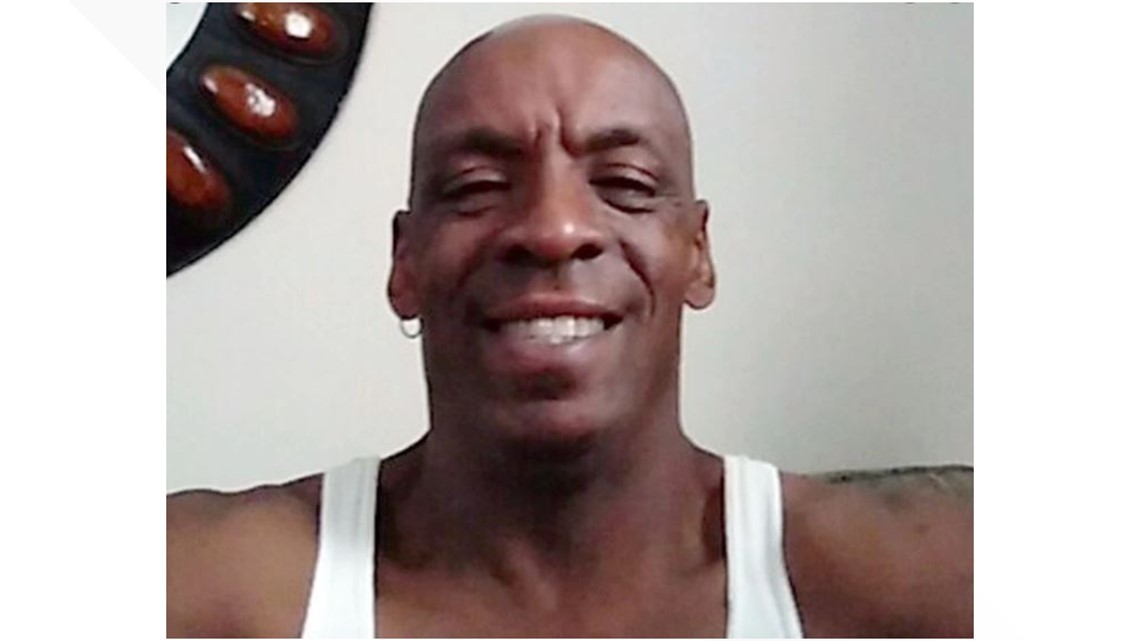
As part of the PRONE investigation, 9Wants to Know examined dozens of videos – mostly body camera or surveillance footage – to better understand just how long law enforcement officers have remained on the backs of someone prone and handcuffed.
Stoughton said once someone is handcuffed, officers should turn that person over within a “few seconds.”
“Once you pass a few seconds, it’s too long,” said Stoughton.
Many of the deaths looked at as part of this investigation involved times much, much longer than that.
RELATED: PRONE: Facedown and handcuffed is no way to die, yet it keeps happening over and over again
Earlier this year, Jose Albert Lizarraga Garcia died in Indio, California, under the weight of arresting officers. He remained prone and handcuffed, according to a review of body camera footage, for 4 minutes and 13 seconds.
Carlos Ingram Lopez remained prone and handcuffed under the weight of Tucson, Arizona, police officers for 9 minutes and 22 seconds. He died in April of last year. That city settled the case for $2.9 million.
Angel Zapata Hernandez. 2019. San Diego, California. Nine minutes and 41 seconds.
Tony Timpa. 2016. Dallas, Texas. Fourteen minutes and 19 seconds.
Remember, this isn’t just the time spent prone. This is the time spent prone and handcuffed.
In our analysis of these videos few cases rivaled that of the death of John Neville inside a jail in Winston Salem, North Carolina, in 2019.
Neville spent 17 minutes and 22 seconds handcuffed and prone.
The deputies who restrained him for that long are only among a small handful of law enforcement officers to have been criminally charged in the cases reviewed as part of this investigation. Only four other deaths – including the death of George Floyd in Minneapolis – resulted in criminal charges.
When asked about the Neville death, Stoughton called the circumstances surrounding it “absurd.”
“That’s unfathomable,” he said.
Chapter 4 The science
“There’s something medical that’s causing these people to die,” Dr. Alon Steinberg, a California cardiologist, said.
Steinberg recently concluded an exhaustive study looking into the possible causes of death following prone restraint.
His conclusion?
“When people are in a prone position there’s a decrease in ventilation and a decrease in cardiac output,” he said. As the body takes in less oxygen, it purges less carbon dioxide.
The acid levels in the blood rise. High school chemistry class tells you the higher the acid level, the lower the pH. Dr. Steinberg said the lower the pH, the higher the risk of complications from acidosis.
Basically, if the pH gets too low, the heart can stop.

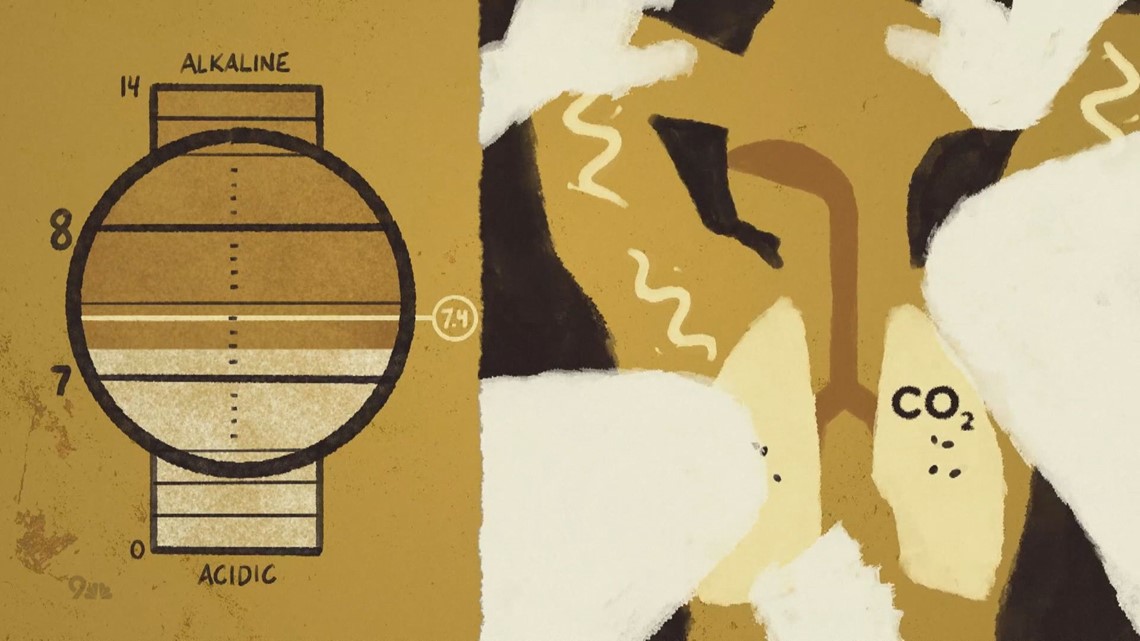
“Officers end up keeping them prone for too long and people pass away,” he said.
When asked if this kills more people than chokeholds, Dr. Steinberg did not hesitate.
“Oh yeah, oh yeah,” he said.
Yet as state legislators and members of Congress attempt to enact police reform efforts, prone restraint is seldom or even mentioned.
An analysis of data provided by the National Conference of State Legislators suggests it’s become quite common for states to ban chokeholds or carotid holds.
Sixteen states have enacted bans on those neck holds.
But only four states have even attempted to address prolonged prone restraint in some fashion. Only Nevada requires officers to place someone in a “recovery position.”
Earlier this year, Congress passed another version of the “George Floyd Justice in Policing Act.” It bans chokeholds but makes no mention of turning someone over once handcuffed.
Seth Stoughton confessed he has no idea why more law enforcement officers aren’t acutely aware of the risks of prolonged prone restraint.
“I really have felt like we have covered this, like this ship has sailed,” he said. And yet as the deaths continue, he’s grown increasingly frustrated.
“We’re not talking about extending someone’s physical discomfort a bit,” he said. “We’re talking about potentially killing someone,” he said.
Chapter 5 The doctor

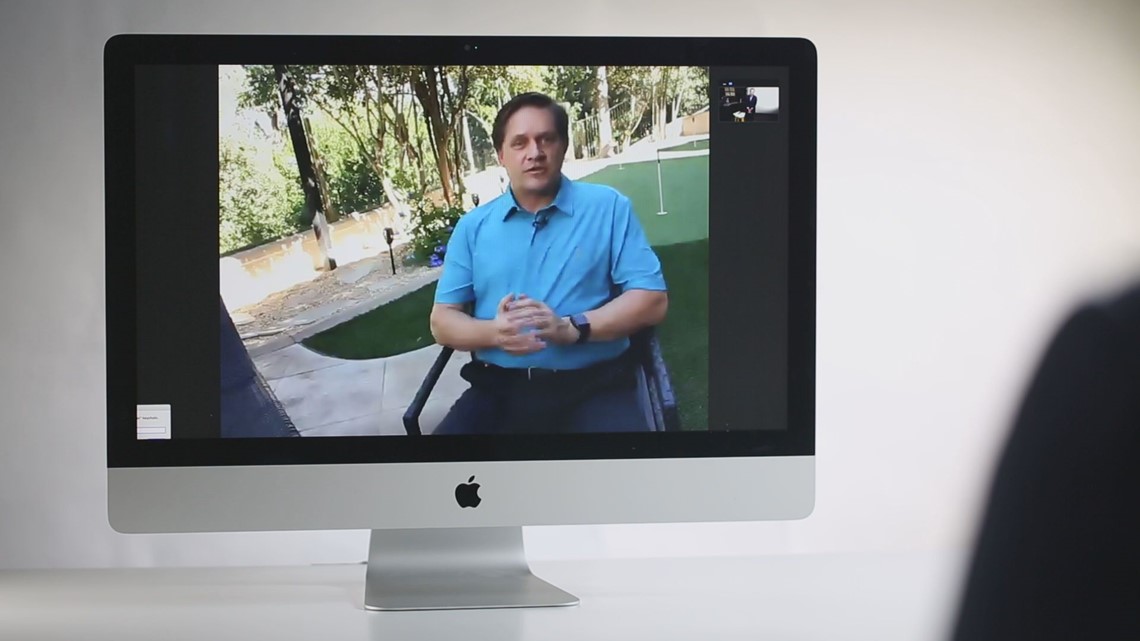
Back in April, jurors in the Derek Chauvin trial could have been forgiven for missing the name uttered by Dr. Martin Tobin during a lengthy morning round of questioning by prosecutors.
He even mispronounced it. When Dr. Tobin said “Vilke,” he said it in a way that rhymes with the word “milky.”
But Dr. Gary Vilke, well-known in legal matters involving officer-involved, prone restraint deaths, pronounces his own name in a way that rhymes with the word “milk.”
Why does it matter?
Because even though his name is frequently mispronounced, Dr. Vilke’s work has repeatedly given legal comfort to officers accused of excessive force.
And, Thursday, Dr. Tobin – an expert in pulmonology – used at least some of his time on the witness stand to call Dr. Vilke’s research, “highly misleading.”
Dr. Vilke was the subject of an 9Wants to Know investigation late last year. Dr. Vilke’s research has featured prominently in the defenses of law enforcement officers accused of excessive force after so-called prone restraint deaths.
Dr. Vilke’s research – which dates back decades – suggests the weight of officers on the backs of suspects held prone is largely inconsequential in their deaths.
“In general, it still has to be a lot of weight to really impact ventilations to the point where you’d worry about asphyxia,” he told 9Wants to Know last fall.
Dr. Vilke has testified for the defense in dozens of civil cases filed by families across the country. His conclusions have been nearly universal. The actions of the officers did not lead to the deaths of the people below them.
RELATED: PRONE: Doctor tells jury in Derek Chauvin trial previous studies on deaths are 'highly misleading'
It’s a consistent message that has frequently drawn the ire of the many civil rights attorneys who have tried to sue cities and counties following prone restraint deaths.
Julia Sherwin, a California attorney, who battled Dr. Vilke in a pair of cases on our list, told us cities and counties that hire Dr. Vilke know exactly what they’re going to get.
“Absolutely,” she said, “You’re going to get Gary Vilke saying that the restraint did not kill the victim.”
Daniel Prude, number 110 on our list, died on a snowy night in Rochester, NY, on March 23, 2020.
When the New York Attorney General brought the case to a grand jury, her office hired Dr. Vilke to see if the officers did anything wrong.
“It just breaks my heart that Attorney General Letitia James hired Gary Vilke. She should have known what she was going to get,” said Sherwin.
Was the outcome preordained?
“I think so,” replied Sherwin.
Dr. Vilke has not responded to an additional request for comment.
Chapter 6 The training
Denver Police Chief Paul Pazen isn’t going to wait for someone to tell him how to better train his officers on the potential dangers of prone restraint.
“You’ve got to get them over,” he told 9Wants to Know.
After his training staff saw the PRONE investigation, they decided they should use some of the video in their own training moving forward.
“That is why we came to you to ask permission to use this as part of our training,” Pazen said.
The Denver Police Department has had warnings about prone restraint in its training manuals for years, but Pazen said it will be helpful for his officers to see video of what can happen as well.
“We want to make sure we don’t just have a policy in place and assume that it’s not going to happen here,” he said.
Weeks after KARE-TV in Minneapolis, MN, aired PRONE, the Minneapolis Police Department ordered the entire police force t to undergo additional in-person “Positional Asphyxia Training.”
“This is MANDATORY TRAINING for all Sworn MPD and Park Police Personal,” the internal memo states.
The required two-hour training sessions were scheduled in mid-December and covered MPD Use of Force Policy and Positional Asphyxia.
“I think the news coverage about the dangers of positional asphyxiation and prone restraint were absolutely essential to changing the MPD practice and training around prone restraint,” Minneapolis Police Commissioner Abigail Cerra told KARE-TV reporter A.J. Lagoe.
FULL COVERAGE: Prone, a 9Wants to Know investigation


